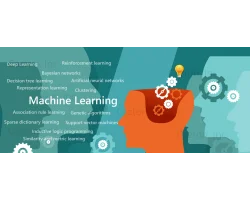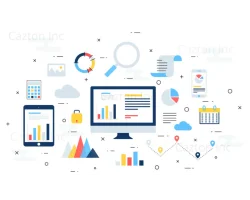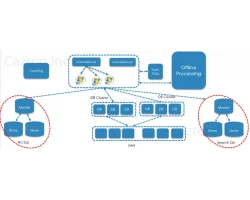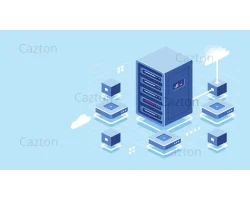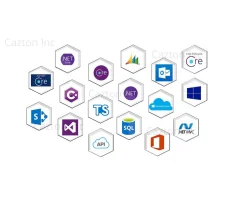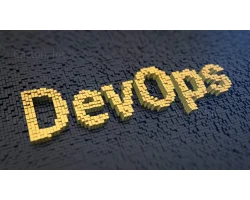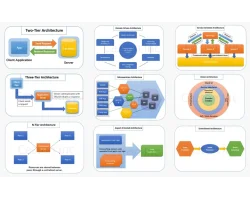Cazton, a trusted name in technology solutions, takes pride in its team of Enterprise Search experts, boasting years of hands-on experience across a spectrum of enterprise search technologies. From the robust Azure AI Search to industry stalwarts like Apache SOLR, ElasticSearch, ELK Stack, Lucidworks Fusion, and Apache Ignite, our team excels in providing unparalleled expertise. Our collective knowledge, spanning architects, consultants, and developers, empowers us to design and build custom applications tailored to your unique needs. Whether you're grappling with scalability issues, deciphering hardware requirements, or seeking best practices and architectural design patterns, our experts at Cazton are poised to guide you through the intricacies of enterprise search technologies.
In addition to our Enterprise Search prowess, Cazton extends its expertise into Vector Search and AI, ensuring that your search solutions are not only efficient but also at the forefront of technological advancements. In the realm of Vector Search, our team navigates the complexities of algorithms that interpret relationships between data points, delivering more contextually relevant results. Furthermore, with a focus on AI integration, we harness the power of machine learning and LLMs to enhance search capabilities, providing intelligent and adaptive solutions that evolve with your data. Cazton's commitment to excellence is evident in our comprehensive suite of services, including expert consulting, training, recruiting, and tailored software solutions, ensuring that your enterprise search strategy aligns seamlessly with your business objectives. Contact us now to unlock the full potential of your search solutions with Cazton's expertise and innovation.
UX Consulting
Azure AI Search
Unleash powerful search capabilities with Azure AI SearchSOLR
Optimize search experiences through SOLR proficiencyElasticsearch
Unleash efficient data retrievalAzure Cosmos DB
All you need to knowRedis
Enhance performance with Redis expertiseMicrosoft Fabric
Implementing scalable and reliable distributed applications with Microsoft FabricDatabricks
Unlocking the potential of Databricks for data analyticsMongoDB
Empowering applications with MongoDB's flexibilityBig Data
Navigating and leveraging immense data landscapesApache Spark
Empowering data-driven decisions with proficiencyHadoop
Maximizing potential with its expansive capabilitiesKafka
Streamlining data processing with expertiseSpark.NET
Uniting Spark's power with the versatility of .NETPolyglot Persistence
Optimize data storage across diverse platformsPostGres
Leverage Postgres for scalable, robust databasesSQL Server
Maximize efficiency and performance with SQL Server expertiseApache Ignite
Accelerate applications with Apache Ignite's speedCassandra
Implement scalable and resilient solutions with Cassandra
